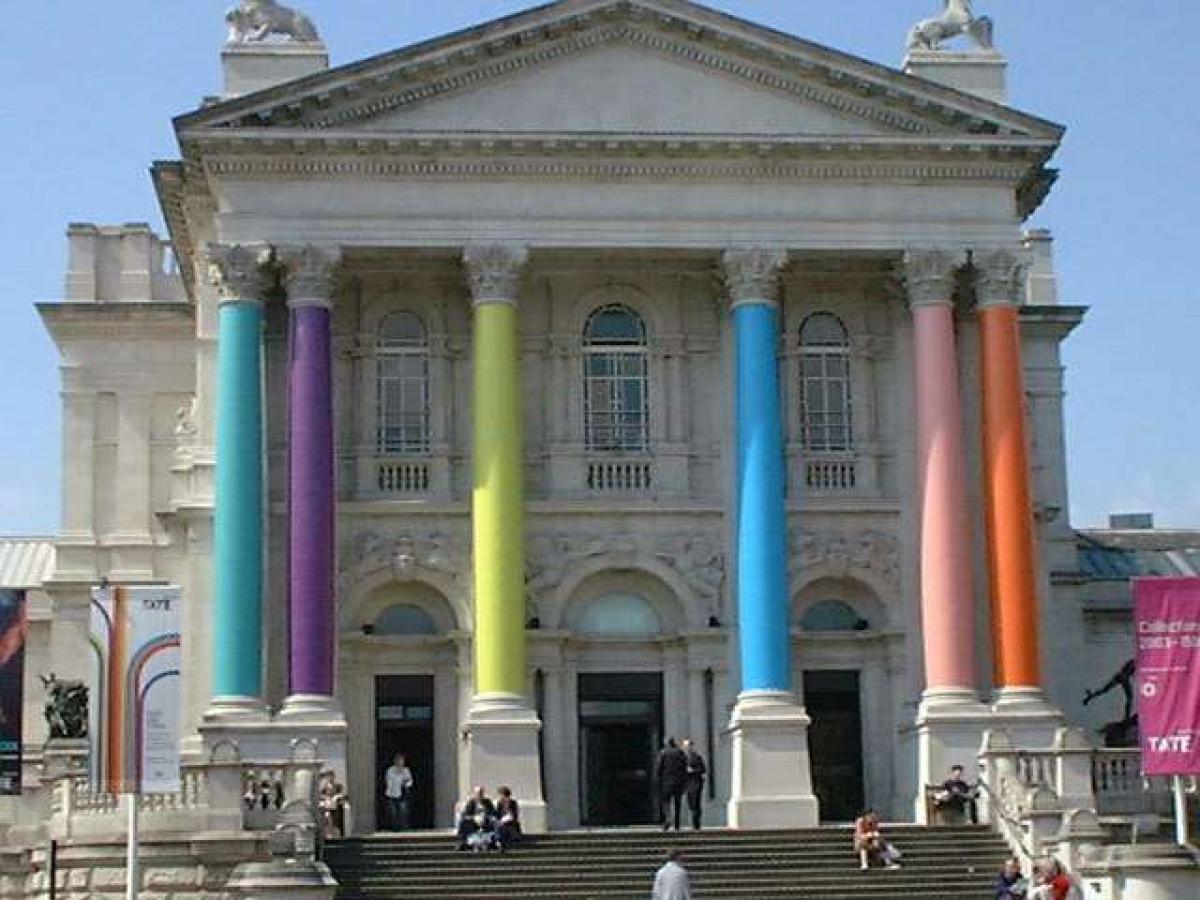Why do people own great paintings? As something pleasing to hang on the wall? As a way to impress the neighbors?
Presumably many buyers of privately circulating 17th century Dutch masterpieces are speculators, alpha seekers. But aren’t they speculating, in the end, upon what some end user will pay? What will be paid by someone who isn’t speculating? If the answer is “yes,” then understanding the market requires that we understand what those end users are buying.
Some buyers, too, are presumably thinking of a painting, a real asset, as an inflation hedge. In some decades art prices have outstripped inflation, and they usually do outstrip gold. Still, it is an inflation hedge, when it is, only because there will be buyers at some point of hypothetical exit. So with hedgers as with speculators, the source of the value sought must lie elsewhere.
Some buyers are very specific about their tastes, defining them by genre and period. Such a buyer, if asked, may say that he is purchasing a certain painting because it is such a fine example of an early-modern still life. That seems to miss the point, too, though. Such specializations seem to follow from, and so cannot explain, a primordial valuation.
Ownership Yield
Almost a year ago now The Journal of Alternative Investments published a fine analysis of some of these issues, “On Rarity Premiums and Ownership Yield in Art,” by Hélyette Geman and Tara Velez.
The authors’ starting point was the tendency of auctions to produce “prices greatly exceeding the ex ante estimates published by international auction houses.” They soon arrived at the question of “ownership yield,” that is, the value of owning works of art “aside from financial performance.” This yield, in their definition, includes “both aesthetic yield and ‘conspicuous possession,’” – that is, in plain English, both enjoying the sight of the painting and enjoying the envy of the neighbors.
The latter of those can be made to sound unsavory. The New York Times once quoted Ivor Braka, a London based dealer, as saying that he art world had become “luxury goods shopping gone wild.” It’s no more unsavory in principle, though, than the competition among neighbors for the most impressive handbag, or garage, or automobile. It is simply a more rarefied example of the same phenomenon.
Laundering?
There is also a much more unsavory reason for fine art ownership: it has a reputation as a good way to launder money. “A painting by Caravaggio, for example, leaves [fewer] traces than a big amount of money. It’s easy to transport and it’s a relatively safe investment,” in the words of one authority on organized crime.
The question of the value of art as a cash detergent has been in the news of late, because two works by Vincent Van Gogh, missing for 14 years, were recently recovered by authorities in Italy. Where have they been? Most recently, they’ve been in a cottage owned Raffaele Imperiale , an alleged drug trafficker. The path by which they got there from Amsterdam may never be known.
It seems unlikely that many works of art are purchased at auction for the purpose of laundering money. The dirty money goes rather, into paying for the theft and concealment of paintings. Further, once paintings end up on a drug dealer’s wall, the muddled issue of “provenance” makes it difficult if not impossible for the legitimate art world to value them thereafter.
The Global Dimension
All things considered, then, even though laundry is a reason for possession, it probably doesn’t affect the ‘ownership yield’ that Geman and Velez had in mind. So we’re left after our detour with the original two points: pleasure and envy.
Competition for “conspicuous possession” in these matters has a global dimension. For a long time, the big bidders on art works at the rarefied level came from the industrialized west. But as observed by David Ruccio, an economics professor at the University of Notre Dame, the east, specifically China, (and the south, specifically Latin America) are more and more heard from in these contexts of late. Keeping up with the “Jones’” now entails keeping up with the Tsao’s as well.




